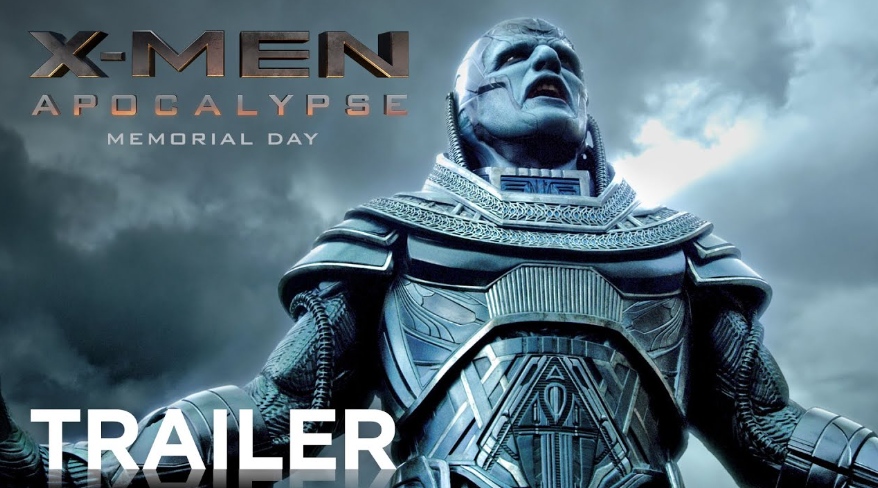X-Men: Apocalypse (2016)
Release Date and Budget
X-Men: Apocalypse was released on May 27, 2016, as the ninth installment in the X-Men film series. Directed by Bryan Singer, this highly anticipated movie is set in the 1980s and follows the rise of the ancient mutant Apocalypse, one of the most powerful and dangerous villains in the X-Men universe. With a production budget of around $178 million, X-Men: Apocalypse is one of the most expensive entries in the franchise, reflecting the high stakes and scale of the movie’s action sequences, visual effects, and star-studded cast. The budget was allocated towards creating epic set pieces, advanced special effects, and the complex makeup and CGI required to bring Apocalypse to life in a way that would captivate audiences. As the follow-up to the success of X-Men: Days of Future Past (2014), the film aimed to build on the momentum established by its predecessor while delivering a fresh and exciting chapter in the ongoing saga of the X-Men.
Success Story
X-Men: Apocalypse had a mixed reception from critics but was nonetheless a commercial success, grossing over $543 million globally. While it did not reach the same box office heights as previous installments like X-Men: Days of Future Past (which earned $748 million worldwide), the film still performed solidly and was considered a success in terms of its international reach. In particular, the film did well in markets like China, where it grossed more than $100 million, underscoring the global appeal of the X-Men franchise. It also continued the trend of the X-Men films appealing to a wide audience, from long-time comic book fans to casual moviegoers, with its mix of action, drama, and superhero spectacle.
The film’s release came at a time when superhero films were dominating the box office, and X-Men: Apocalypse did not disappoint in delivering thrilling action scenes, powerful mutant battles, and a compelling storyline. The film introduces a new generation of young mutants, including Jean Grey (Sophie Turner), Cyclops (Tye Sheridan), and Nightcrawler (Kodi Smit-McPhee), while also featuring familiar faces like Hugh Jackman as Wolverine in a brief but memorable cameo. Oscar Isaac’s portrayal of Apocalypse received mixed reviews, with some praising his performance despite the complex makeup and CGI work required for the role. The film’s visual effects were widely regarded as one of its strongest elements, especially in the depiction of Apocalypse’s immense powers and the grand scale of the action sequences.
One of the major highlights of X-Men: Apocalypse was its ability to maintain the momentum of the X-Men series while addressing larger thematic elements of power, responsibility, and the clash between different ideologies. The movie explored the growing conflict between mutants and humans, as well as the challenges faced by the younger mutants as they try to navigate their place in a world that fears them. Despite not being as universally praised as other X-Men films, Apocalypse helped solidify the franchise’s place in pop culture and maintained its legacy as a leading superhero series.

While X-Men: Apocalypse may not have been a critical darling, its box office performance and continued interest in the characters ensured that the X-Men series remained a major force in the entertainment industry. The success of X-Men: Apocalypse also paved the way for future X-Men films and was part of the ongoing success story of a franchise that had, by this point, evolved into one of the most recognizable and beloved superhero film series in history.


